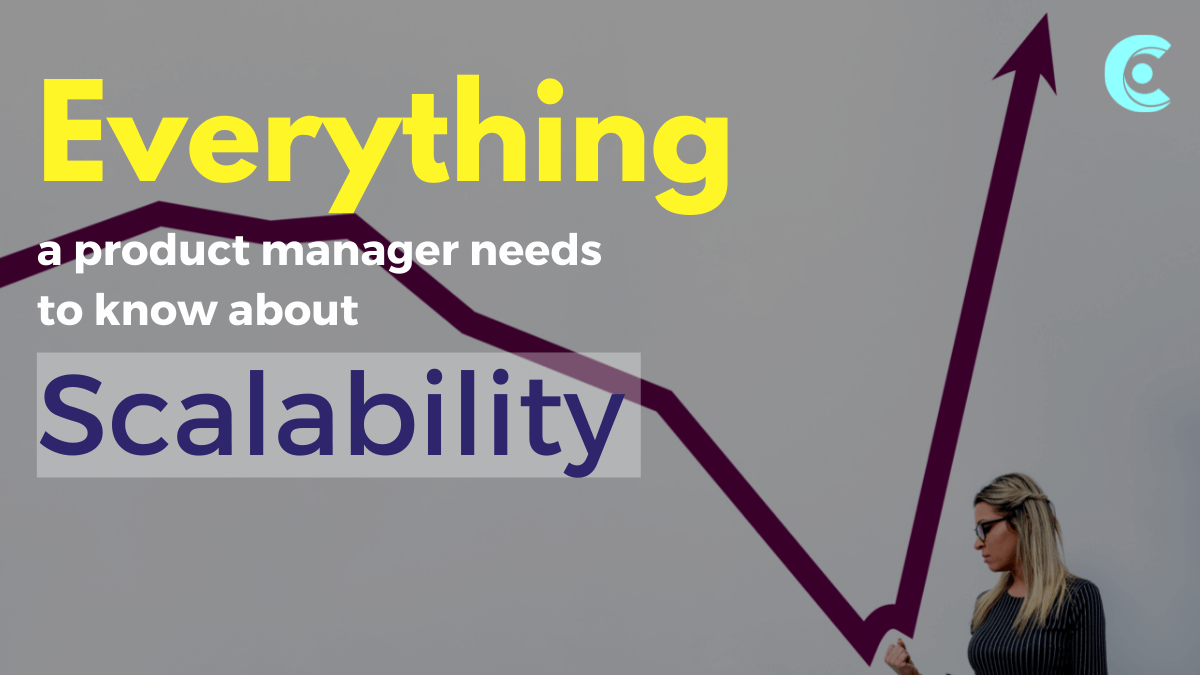Everything the product managers need to know about Scalability

It’s been a good long vacation nearing year-end, family, celebrations, outing… After the team is back to work, they notice the production web application is running on … neither 2 nor 4 instances but a whopping 10 instances! A hurried inspection shows auto-scaling kicked off as per the thresholds set by the team when the cloud infra was acquired. The real culprit? A programming oversight plus a cloud provider-specific issue…
This incident is just one of many mishaps which show us that setting up auto-scaling on the cloud infrastructure without a proper notification mechanism may prove to be a disaster later on…
Here are a few points to ponder upon about auto-scaling, especially if you are a product manager
- The cloud service configuration asks for a lot of configuration options right when acquiring the infrastructure. At that time you or your team may not have the whole picture clear in your mind. It’s better to disable auto-scaling to start with, and later as you see the road ahead clearly, set it up with the selection of the right option.
- Auto-scaling on the cloud may hide some cloud-specific issues like some instances are over-utilized and some aren’t getting any traffic
- Scaling up CPU may not be required if you fix that inefficient loop iterating over thousands of records in real-time request processing…
- When scaling up the infra as per demand, also remember to scale it down when the demand recedes.
- Auto-scaling is a great option after getting rid of the above pitfalls. It helps handle sudden surges in requests which may or may not be anticipated in advance. It helps you and your team enjoy your long-awaited vacation!
How do you weigh auto-scaling with manual scaling on Azure/ AWS/ GCP?
